I'll link the entire 32 page PDF here -- and quote just a bit of it, below.
. . . .When it became clear that [Gilead's] 2’ fluoro/methyl and phosphoramidate design as embodied in sofosbuvir would forever alter the landscape of HCV treatment, Merck came knocking on Gilead’s door with its two patents in hand. Merck demanded an astounding 10% royalty on future sales of sofosbuvir. . . . Merck demanded that royalty despite knowing that it sells no product covered by those patents, and that neither it nor its collaborator Isis played any role in the series of innovations that resulted in sofosbuvir [branded as Sovaldi]. . . .
[Merck's] ’499 and ’712 patents teach a class of drug molecules that can be synthesized and provided to patients to treat HCV, either as themselves or in the form of certain identified prodrugs. Gilead asks this court to construe the asserted claims consistent with those teachings and true to the scope of [Merck's] alleged inventions. . . . lab inventions. . . .
[The Merck/Isis patent] claims and written description never — in words or figures — describe compounds produced in the body. In stark contrast, the patents include columns of text describing how compounds and their pharmaceutically acceptable salts or specific prodrug forms can be made in the lab, and how those synthetic compounds may be combined with other drugs at the time they are given to patients for therapy. The patents lack any description about how the body may transform any of the described compounds or prodrugs, or what form those transformed compounds or prodrugs would take, let alone describe that the claimed “compounds” are generated inside the body. . . .
. . . .The following diagram illustrates some of the steps the body takes to transform sofosbuvir into the active triphosphate analog:
Actually, this wide ranging, global patent spat is more likely to lead to a material outcome for these two companies -- overall, than Merck's recent IMPROVE-IT results to and fro'. This could be as much as $25 billion in new revenue for Merck, or it could be a loss of some $100 million in legal fees, over the ensuing next three or four years. It is being fought in the federal courts on both coasts, here -- in the United Kingdom and the EU -- as well as Japan, if memory serves.




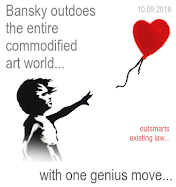





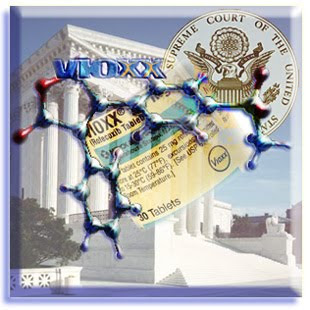

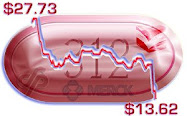

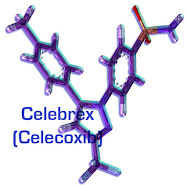

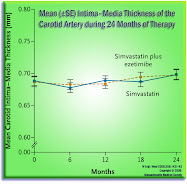


No comments:
Post a Comment